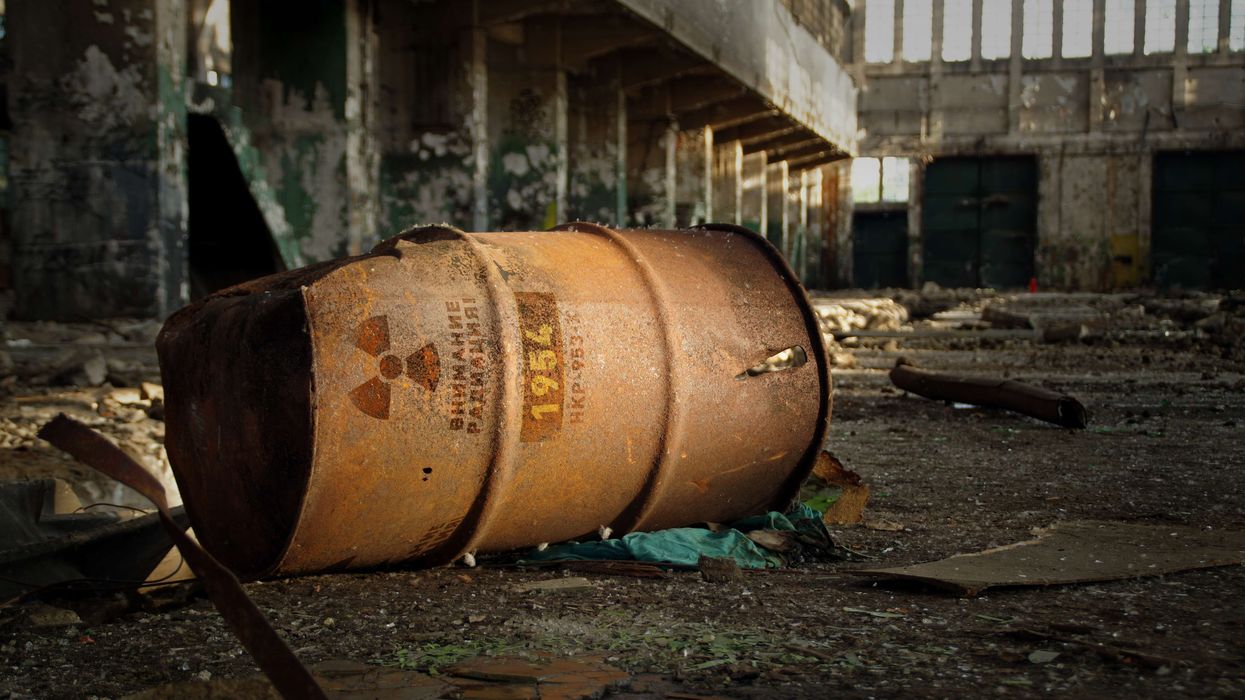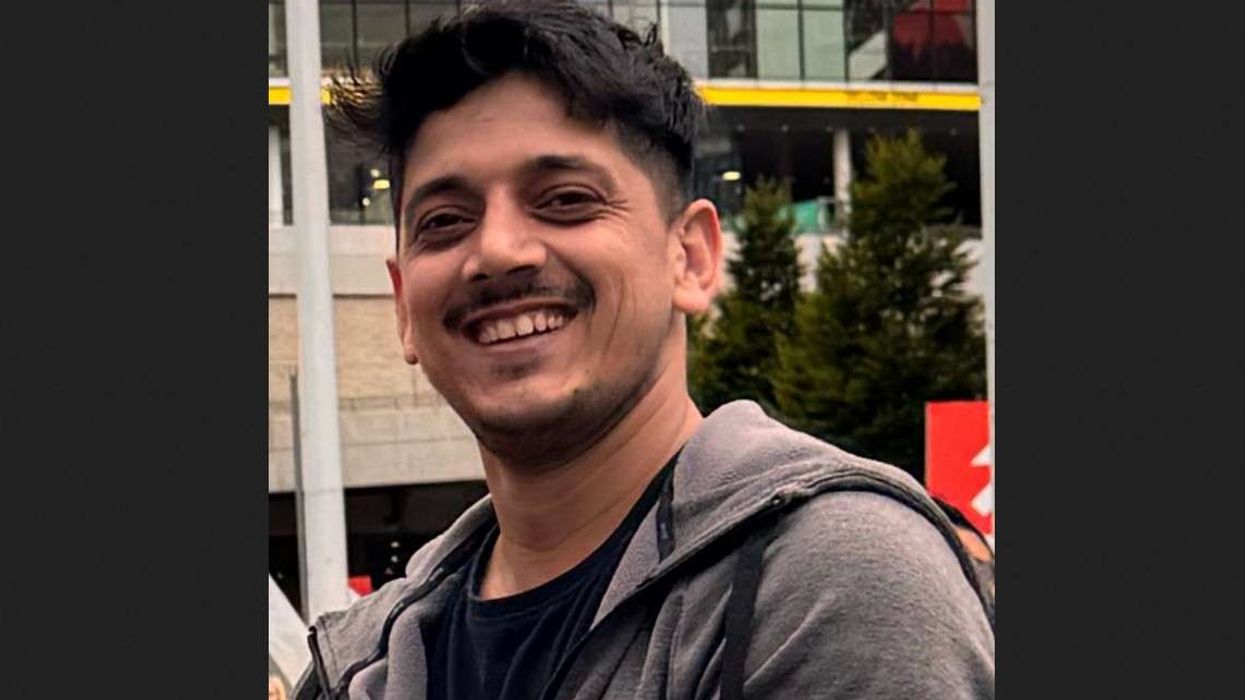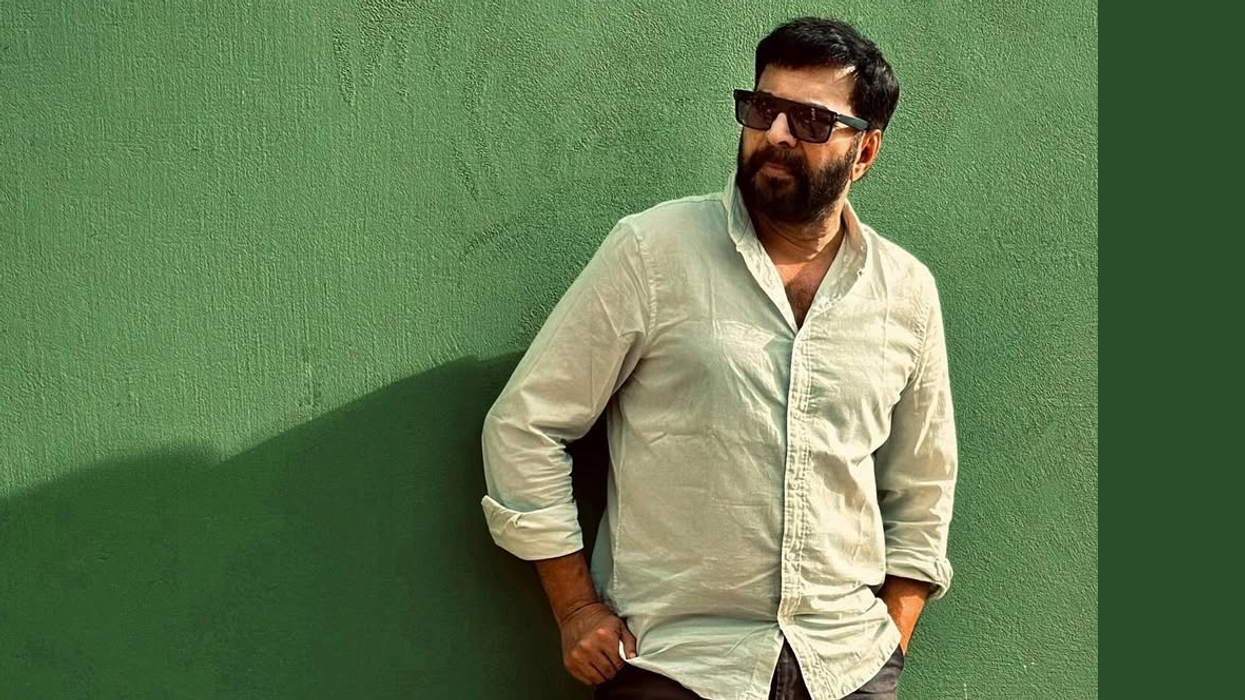A gate named after Sachin Tendulkar was unveiled at the iconic Sydney Cricket Ground to honour the Indian batting legend on his 50th birthday.
Tendulkar, who turned 50 on Monday, scored 785 runs, including three centuries with the highest score of 241 not out (in 2004) in five Tests at the SCG, which he described as his favourite cricket ground outside India.
Tendukar scored those runs at an average of 157.
"The Sydney Cricket Ground has been my favourite ground away from India. I have had some great memories at the SCG right from my first tour of Australia in 1991-92," Tendulkar said in a statement issued by the SCG.
Another gate in the name of Brian Lara was also unveiled to mark 30 years since the West Indian legend's innings of 277 at the SCG.

All visiting cricket players will take to the field through the Lara-Tendulkar Gates, situated between the Members Pavilion's away dressing room and the Noble Bradman Messenger Stand.
A plaque was also erected, describing the Lara-Tendulkar Gates, the achievements of the two legends and their statistics at the SCG.
"It is a great honour to have the gates used by all visiting cricketers to access the field of play at the SCG named after me and my good friend Brian," Tendulkar said.
"I would like to thank the team at the SCG and Cricket Australia and for this kind gesture. I look forward to visiting the SCG soon."
Lara, on his part, said: "I'm deeply honoured to be recognised at the Sydney Cricket Ground, as I'm sure Sachin is. The ground holds many special memories for me and my family and I always enjoy visiting whenever I'm in Australia."
Tendulkar and Lara thus joined Donald Bradman, Alan Davidson and Arthur Morris by having a set of gates named in their honour at the SCG.
The Australian cricket team enters the field via the Don Bradman Gates between the Members and Ladies Pavilions, while the Arthur Morris and Alan Davidson Gates front Driver Avenue.
Cricket Australia CEO Nick Hockley added: "As the cricketing world celebrates Sachin Tendulkar's 50th birthday, this is a fitting and timely gesture by the SCG to recognise Sachin and Brian Lara as two legends of the international game with exceptional records at the SCG.
"Their feats will no doubt be an inspiration to not only visiting international teams, but all players fortunate enough to walk onto the hallowed turf of the Sydney Cricket Ground, for generations to come."
(PTI)













